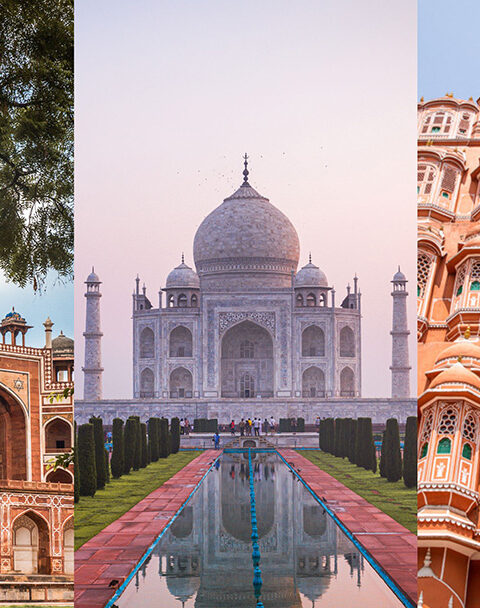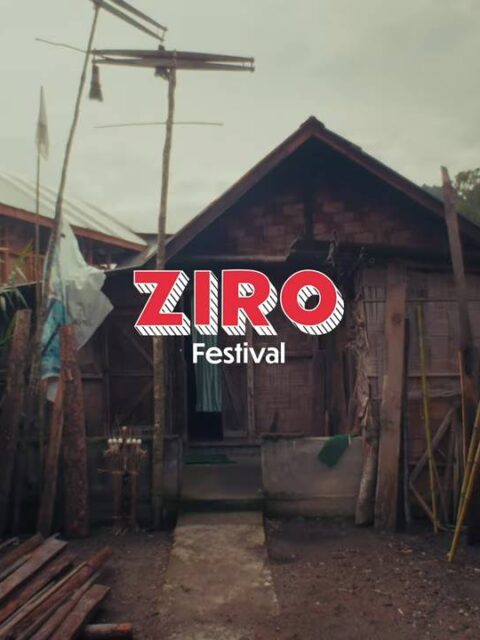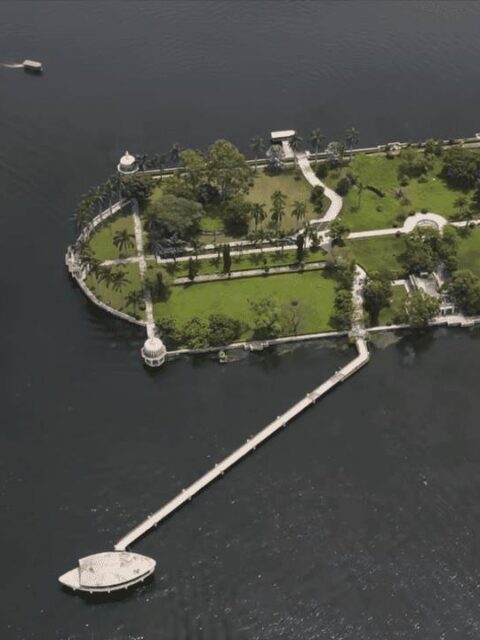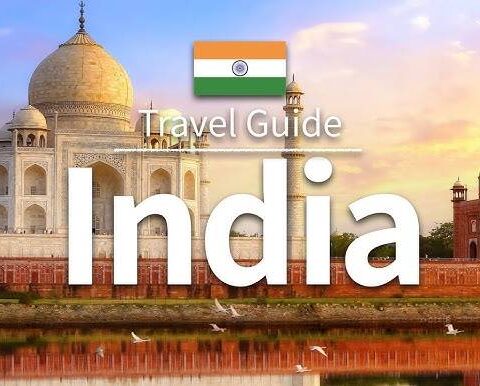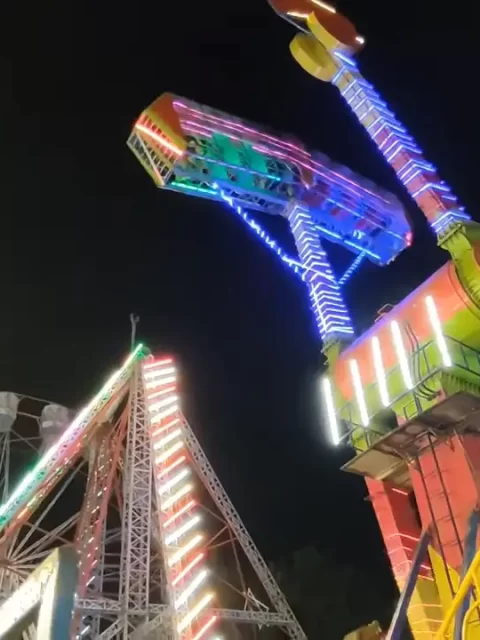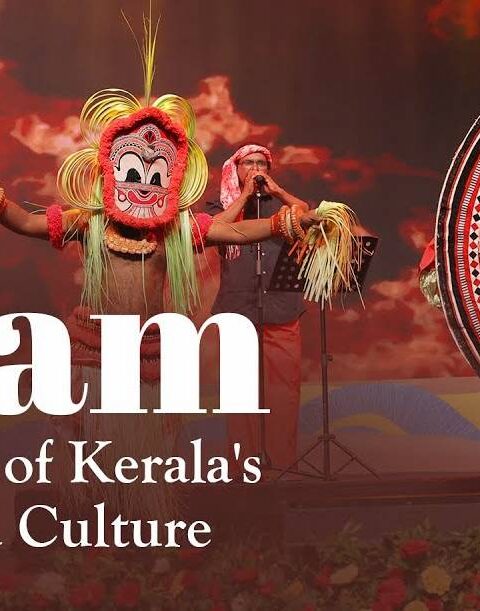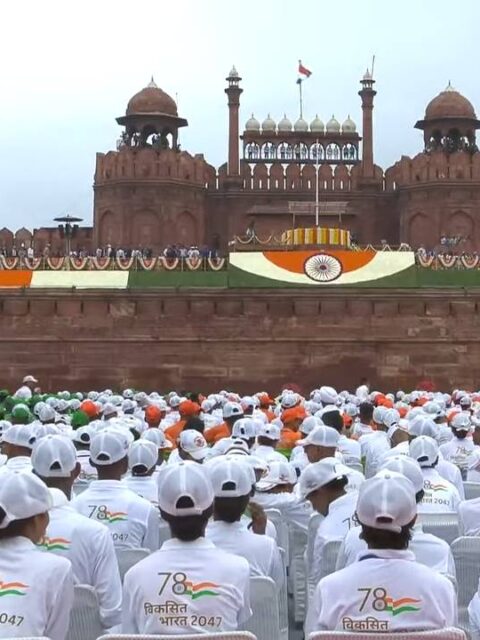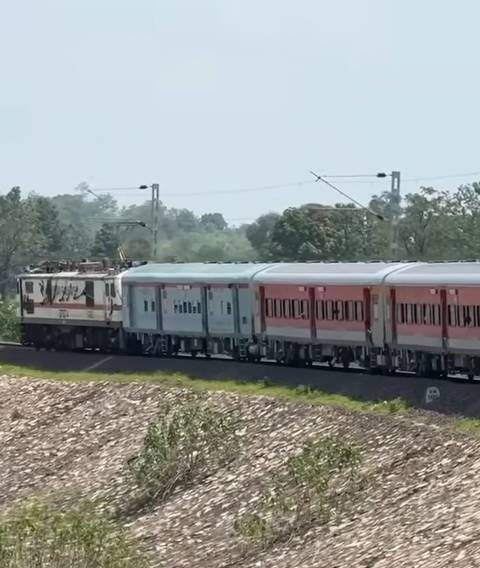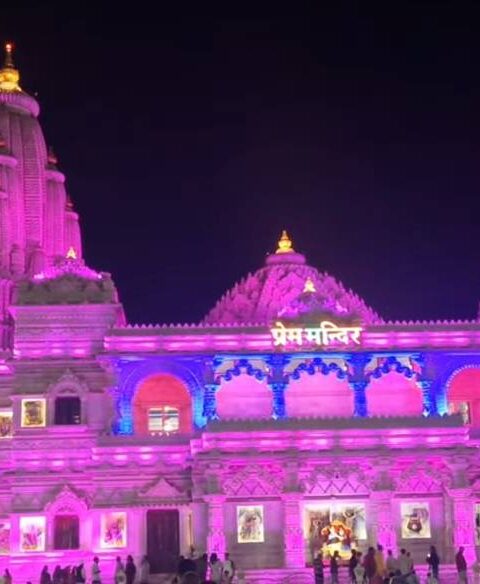Ultimate Guide to the Valley of Flowers Trek – July Edition
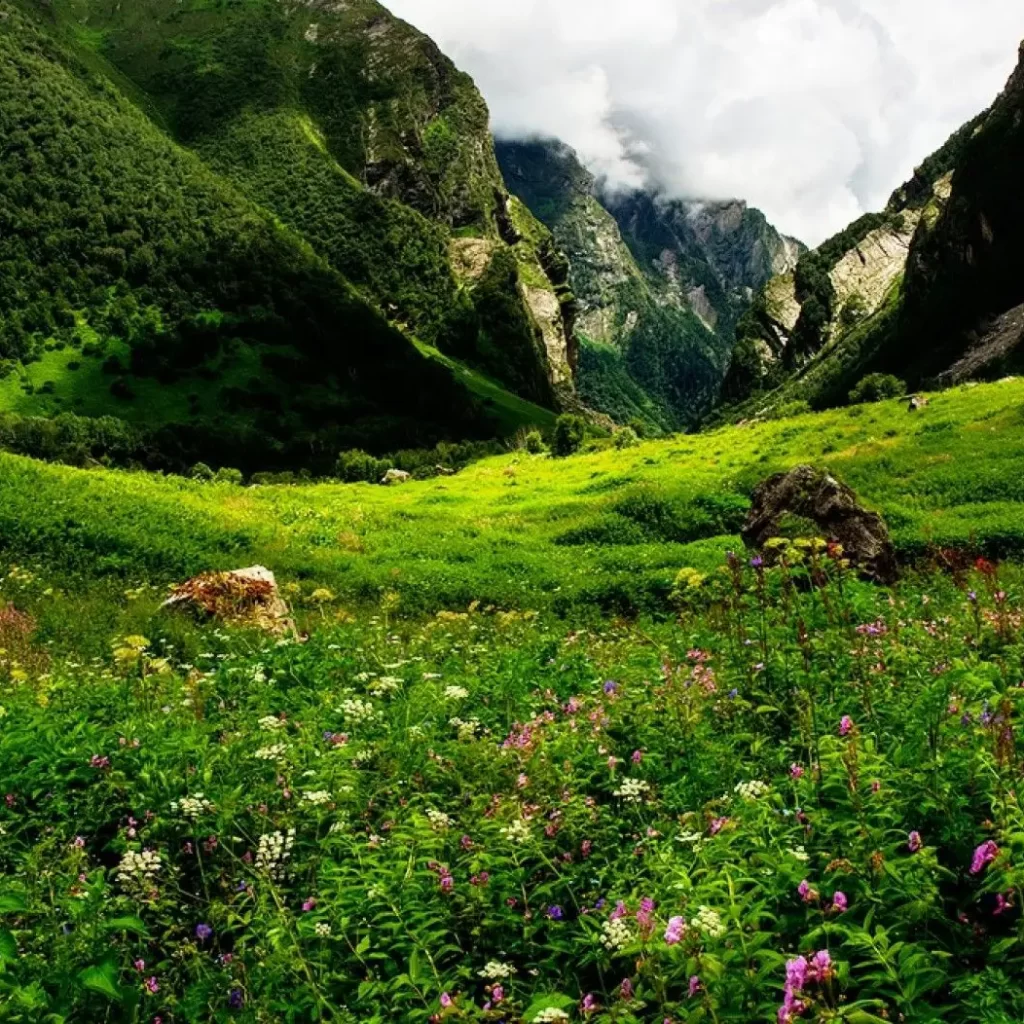
Imagine a valley carpeted with vibrant wildflowers, set against the majestic backdrop of the Himalayas. Welcome to the Valley of Flowers Trek, one of India’s most scenic monsoon treks, and a dream for nature lovers and trekkers alike. In this July edition, we bring you a detailed, practical, and updated travel guide to help you plan the trek like a pro—from permits and costs to itinerary and weather conditions.
Valley of Flowers Trek
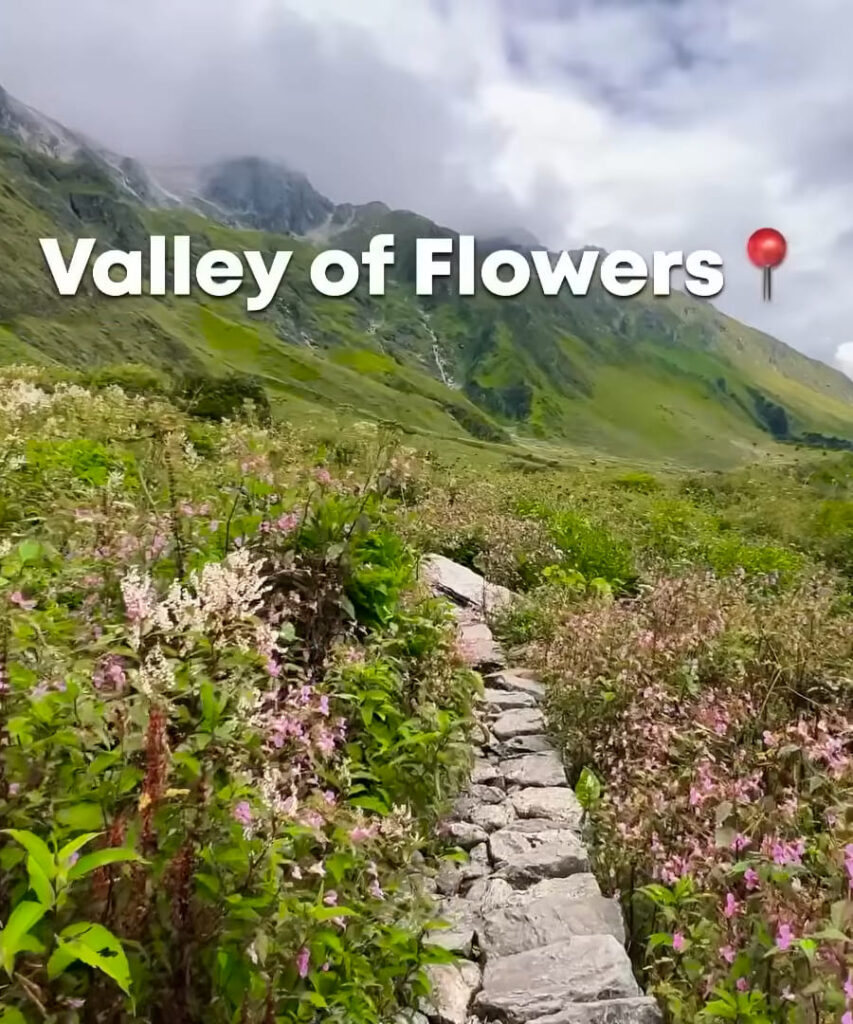
Valley of Flowers trek Uttarakhand in monsoon 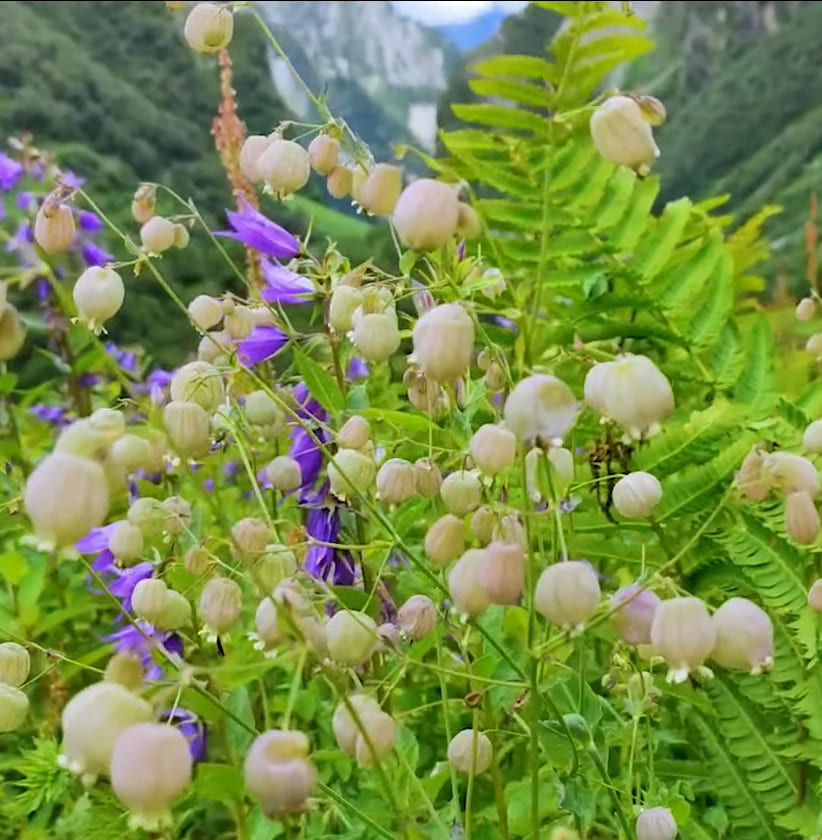
Valley of Flowers trek path with blooming flowers 
Valley of Flowers location map Uttarakhand India 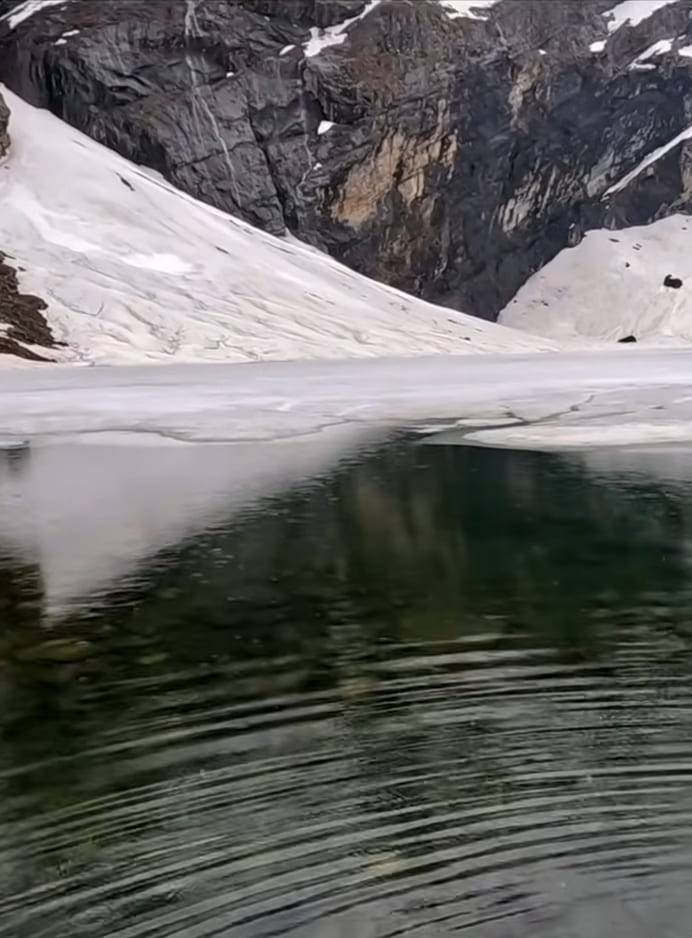
shri hemkund sahib lake 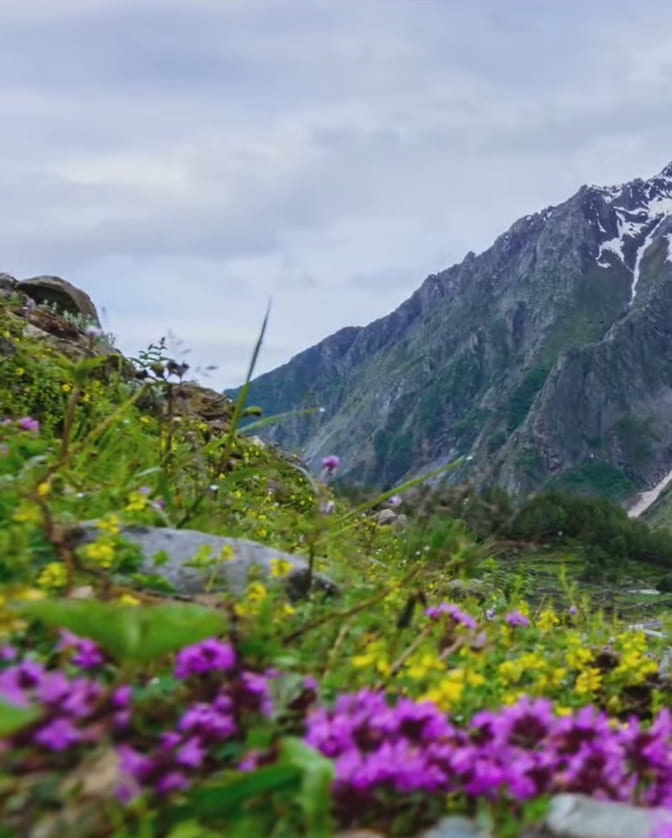
Flower filled valley 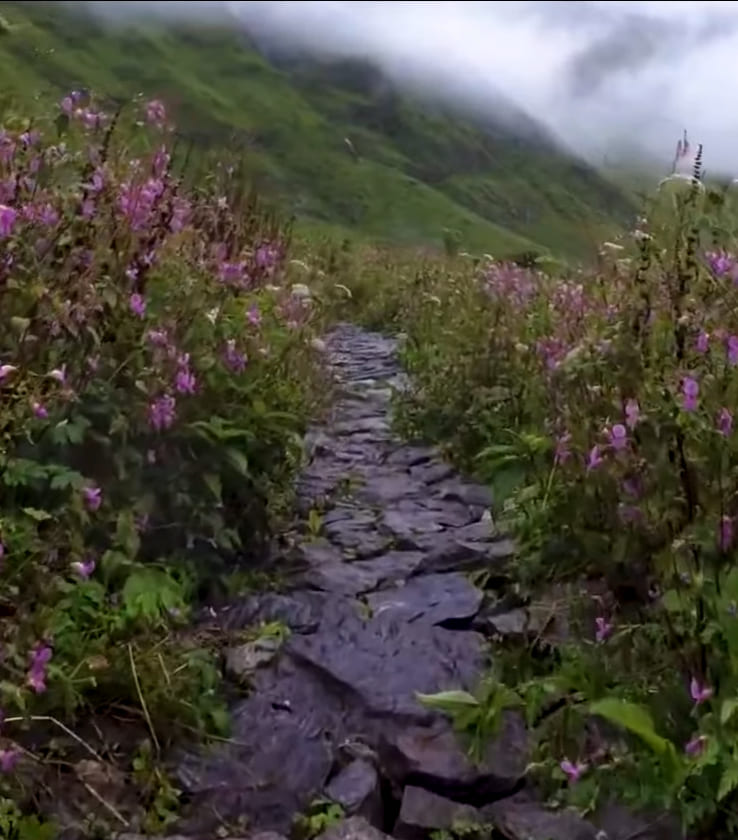
Best time to visit Valley of Flowers
Nestled in Chamoli district of Uttarakhand, within the Nanda Devi Biosphere Reserve, the Valley of Flowers is a UNESCO World Heritage Site known for its lush alpine meadows and over 600 species of blooming flowers. The trail stretches approximately 40 kilometers and reaches a maximum altitude of 14,100 ft near Hemkund Sahib, the world’s highest Gurudwara.
- Trek Distance: ~40 km round trip
- Difficulty Level: Moderate
- Ideal for: Beginners with decent fitness
- Altitude Gain: ~14,100 ft
🗓️ Day-by-Day Trek Itinerary (6 Days)
Day 1: Rishikesh to Govindghat (Drive)
- Drive Time: 10–12 hours
- Tip: Start early (~5 AM) from Rishikesh to reach Govindghat by evening. Rest overnight.
Day 2: Govindghat to Ghangaria
- Total Distance: 14 km
- 4 km by shared taxi (Govindghat to Pulna)
- 10 km trek (Pulna to Ghangaria)
- Trail passes through lush forests and over the Lakshman Ganga river.
Day 3: Ghangaria to Valley of Flowers and back
- Distance: 10–12 km round trip
- Highlights: Rare Himalayan flora, river crossings, Pushpawati River, and glimpses of Tipra Glacier.
- Start early (~7 AM) to fully explore the valley.
Day 4: Ghangaria to Hemkund Sahib and back
- Distance: 12 km round trip
- Altitude: ~14,200 ft
- Visit the serene Hemkund Sahib Gurudwara and ancient Lakshman Temple beside the high-altitude alpine lake.
Day 5: Ghangaria to Govindghat
- Trek down the same route, rest or continue to Badrinath, which is just 25 km ahead and one of the sacred Char Dham pilgrimage sites.
Day 6: Badrinath to Rishikesh
- Buses and shared cabs available for the return journey.
- You can also plan a night stay in Badrinath instead of Govindghat.
🚍 How to Reach the Basecamp (Govindghat)
Option 1: By Bus
- Start Point: Rishikesh ISBT
- Timings: Buses leave at ~5:30 AM daily
- Booking: Advance online booking available on UTC Official Website ✅
Option 2: Shared Taxi
- Route: Rishikesh → Joshimath → Govindghat
- Change taxis at Tapovan (Joshimath)
🧾 Trekking Permits and Entry Requirements
You need basic documents and will pass through 2 checkpoints:
- Checkpoint 1: On Day 2 (Govindghat to Ghangaria) – ID check only
- Checkpoint 2: On Day 3 (Ghangaria to Valley of Flowers)
- Fees: ₹150 for Indians / ₹600 for foreigners
- Documents Required: Aadhar card / Passport (3 photocopies)
⚠️ No online or advance permits are required—permits are issued on the spot.
🛌 Accommodation and Food
Where to Stay:
- Govindghat & Ghangaria: Guesthouses, basic hotels, and lodges available
- Facilities include clean beds, blankets, washrooms, and electricity
- No need for tents or sleeping bags!
Where to Eat:
- Several dhabas and small restaurants serve hot meals
- Meals are vegetarian, simple, and hygienic
💰 Daily Budget: ₹800–₹2,000 (stay + food)
🎒 Essentials to Pack
Since this is a monsoon trek, be extra cautious:
- Rainwear: Poncho / Waterproof jacket – Non-negotiable
- Multiple pairs of socks: At least 5, as they’ll get wet
- Polybag inside backpack: To keep gear dry
- Comfortable trekking shoes, water bottle, sunscreen, torch, and basic first-aid
🌦️ Best Time to Visit
The valley blooms from June to September, but July & August are peak flowering months.
- June–Early July: Fewer flowers, clearer skies
- Mid-July–August: Lush bloom, heavy rainfall
- September: Post-bloom season with better views and less crowd
🚫 Avoid Independence Day week (Aug 15) due to overwhelming crowd and limited accommodation.
💰 Estimated Cost of the Trek
| Expense | Approx. Cost (₹) |
|---|---|
| Travel (Rishikesh–Govindghat–Badrinath–Rishikesh) | ₹3,000–₹4,000 |
| Accommodation (5 nights) | ₹3,000–₹5,000 |
| Food (6 days) | ₹1,800–₹2,500 |
| Permits | ₹150 |
| Miscellaneous | ₹1,000 |
| Total Estimate | ₹10,000–₹11,000 |
💡 Carry enough cash as ATMs and mobile networks are unreliable in Ghangaria.
🧠 Pro Tips for a Smooth Trek
- Start your trek early every morning to avoid rain and reach checkpoints in time
- Avoid carrying unnecessary gear—no need for cooking items or tents
- Carry offline maps, printed ID copies, and download key information in advance
- Prefer July end or early August for the best bloom
- Stay hydrated and respect the fragile ecosystem of the valley
FAQs about Valley of Flowers Trek
Q1. Is July a good time for the Valley of Flowers trek?
Yes, July is the best month to witness the full bloom. However, carry rain protection as it’s peak monsoon.
Q2. Can beginners do the Valley of Flowers trek?
Absolutely. It’s a moderate-level trek suitable for fit beginners.
Q3. Do I need a guide for this trek?
No, the trail is well-marked. But if you’re unfamiliar with mountains, a local guide can enhance your experience.
Q4. Are permits required in advance?
No, permits are issued on the spot at checkpoints with valid ID.
Q5. What kind of flowers can I expect to see?
You’ll spot rare Himalayan species like blue poppies, cobra lilies, and brahmakamal depending on the bloom season.

